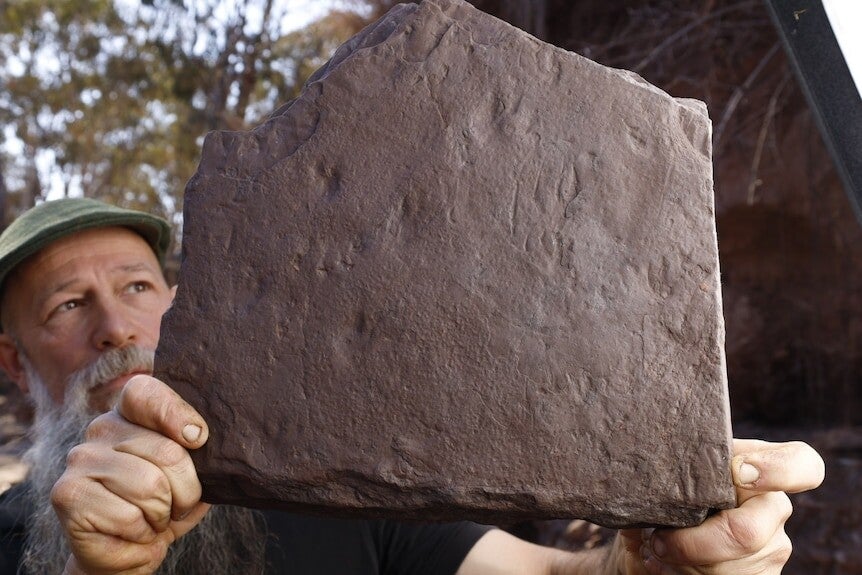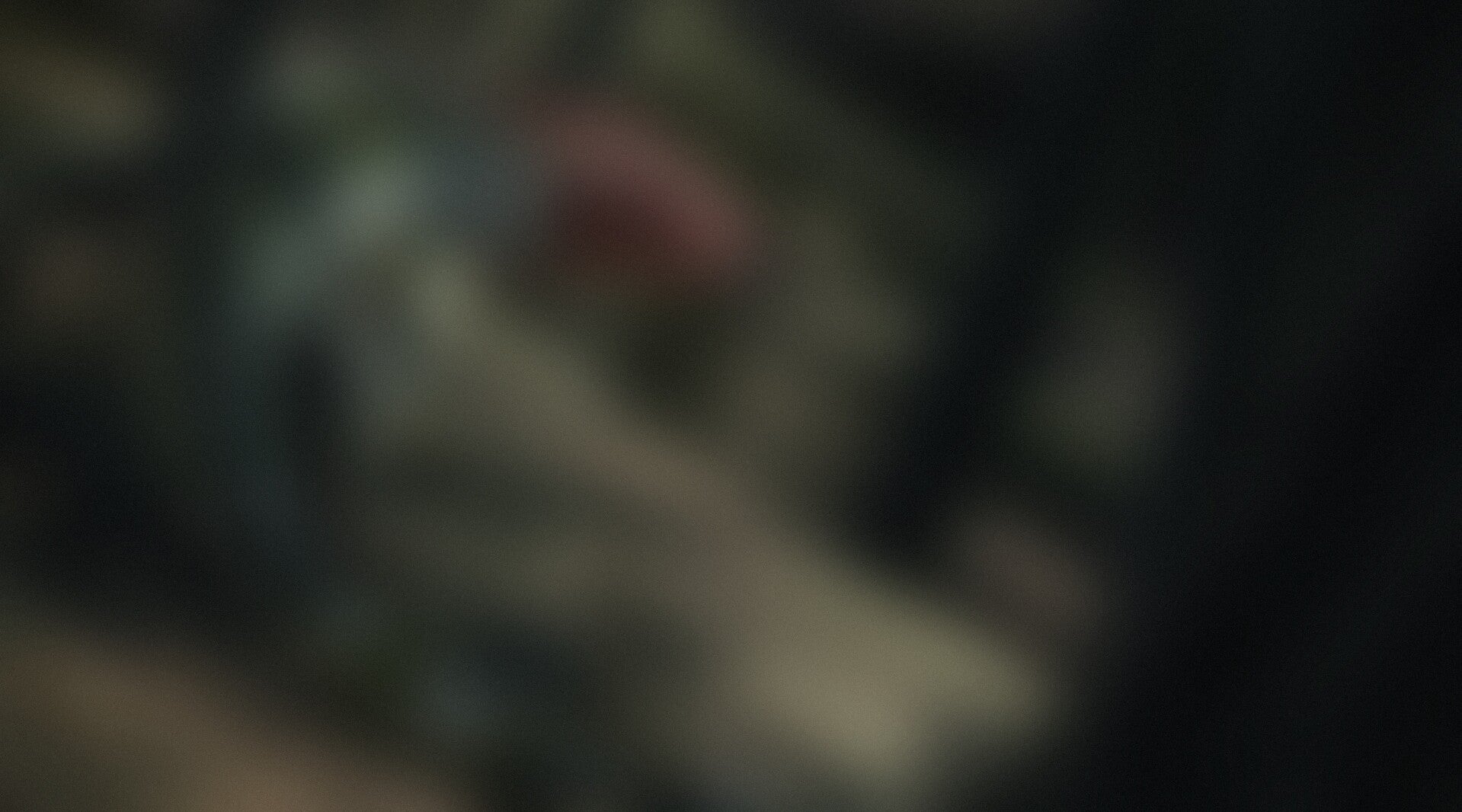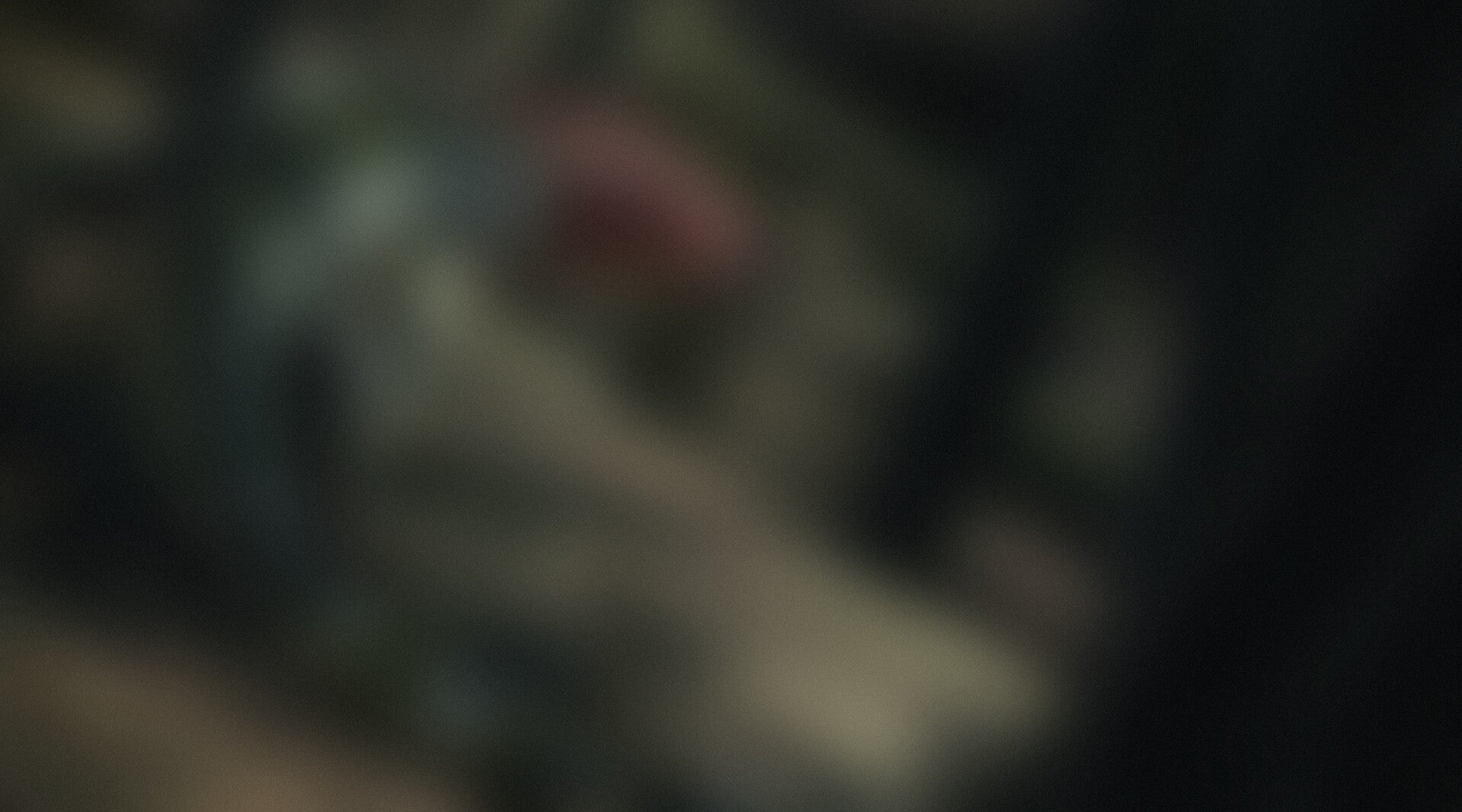
ancient tracks, modern emotions
australian amniotes and my illustration that traveled the world
A recent publication in the prestigious journal Nature (May 2025) describes the oldest known amniote tracks, dated to around 356 million years ago, discovered near the Broken River in southern Australia. These seemingly unremarkable footprints—preserved on a sandstone slab—have the potential to redefine the vertebrate land-life timeline, pushing the emergence of amniotes back by as much as 40 million years.
Until now, fossil and molecular data suggested that amniotes (the ancestors of reptiles, birds, and mammals) appeared around 319 million years ago. But the discovery from Barjanga, Victoria, turns that assumption on its head.
Professor Per Ahlberg of Uppsala University, co-author of the study, notes that such a drastic revision in the age of a major vertebrate group is “very unusual, but not entirely unexpected.” He emphasizes how fragmentary the fossil record of early tetrapods is, particularly in the southern continents that once made up Gondwana (including today’s Australia, South America, Africa, and Antarctica).

Footprints Left After a Rain Shower
356 Million Years Ago
The surface of the sandstone slab preserves two distinct sets of footprints, showing clear claw impressions—a key characteristic of amniotes.
These prints were made by a reptile-sized animal, about 80 cm long, that walked across the soft ground shortly after a rain shower.
As the mud began to firm up, a second set of tracks (perhaps from the same individual) was left.
Over time, the ground dried, the prints were buried, fossilized, and preserved for over 350 million years.
Although no bones were found, the footprint shapes—along with the claw placement and toe arrangement—strongly suggest that the track-maker was a very early reptile or a stem-amniote.
Their shape is distinctly different from that of early amphibians or proto-mammals.

I was commissioned by the research team to reconstruct the hypothetical track-maker—an unknown Carboniferous amniote. This was a unique challenge: to visualize a creature that left no bones, only footprints and geological context.
The resulting image shows a low, agile quadruped navigating the damp, forested ground. Its coloration—a mix of green and crimson stripes, with a dark mask around the eyes—was inspired by modern reptiles and imagined as camouflage for the Carboniferous rainforest. The animal's long, clawed digits and muscular frame hint at terrestrial competence—a crucial adaptation for the first fully land-dwelling vertebrates.


I’m incredibly proud that my artwork was published in press materials and recognized internationally—appearing in Australian Geographic, Phys.org, The Guardian, AP News, Science Alert, and more. It was even used as the basis for a computer animation, bringing this early amniote to life in motion.
It was an invitation to reflect on the origin of life on land, on the gaps in our fossil record, and on how our tools—from the geologist’s hammer to the artist’s brush—can help us piece together the past. Creating this animal was an act of speculative reconstruction—bold, yes, but grounded in evidence.
